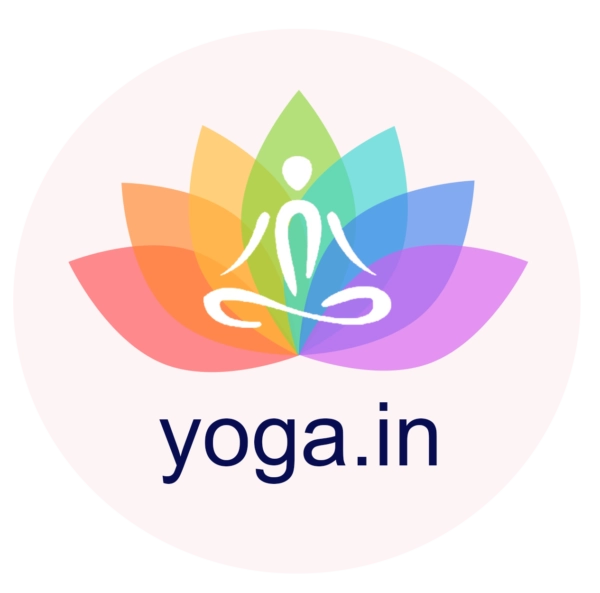Iyengar Yoga - About
Iyengar yoga is a precise and methodical style of yoga that focuses on alignment, body awareness, and the use of props to support and enhance the practice. Named after its founder, Yogacharya B.K.S. Iyengar, this style emphasizes proper body alignment in each pose, utilizing props to ensure that practitioners of all levels can access the benefits of each asana (pose). It focuses on precision, alignment and the therapeutic benefits of each pose. It places great emphasis on the use of props, such as blocks, straps and blankets, to support and enhance the practice. It encourages the exploration of asanas in depth, with attention to detail and mindful practice.
Benefits:
The practice of Iyengar yoga offers numerous physical, mental, and emotional benefits. Physically, it improves strength, flexibility, and posture. Iyengar yoga helps to relieve chronic pain, reduce stress, and improve overall well-being. The use of props in Iyengar yoga makes it accessible to individuals with injuries, limitations, or specific conditions, as it provides support and stability.
Iyengar Yoga:
To practice Iyengar yoga, find a quiet and spacious area where you can practice without distractions. Start with a warm-up, focusing on gentle movements and stretches to prepare the body. Progress to a sequence of asanas, paying careful attention to alignment, stability, and the use of props when needed. Practice with awareness, observing the breath and sensations in the body. Hold each pose for a sufficient duration to explore the alignment and experience the therapeutic benefits. Conclude the practice with relaxation and savasana.
Yoga Good For:
Iyengar yoga is suitable for practitioners of all levels, from beginners to advanced students. It is particularly beneficial for individuals who value precision, alignment, and a methodical approach to yoga. Iyengar yoga is also ideal for those with physical limitations, injuries, or specific conditions, as the use of props provides support and facilitates safe practice.
Usage:
Props are an integral part of Iyengar yoga and are used to support and enhance the practice. Common props include blocks, straps, blankets, and chairs. Props are utilized to assist in achieving proper alignment, deepen stretches, and provide stability. They can be used to adapt poses for individual needs and make the practice accessible to all.
History of Iyengar Yoga
Iyengar yoga was developed by Yogacharya B.K.S. Iyengar, one of the most prominent and influential yoga teachers of the 20th century. Born in India in 1918, Guruji overcame health challenges through the practice of yoga and went on to become a renowned teacher and author. He developed a systematic approach to yoga, incorporating precise alignment, sequencing, and the use of props. Iyengar yoga is deeply rooted in traditional yogic teachings and philosophy. His teachings have influenced countless practitioners and teachers around the world. Iyengar yoga has a rich lineage, with many dedicated students of Yogacharya B.K.S. Iyengar continuing to propagate his teachings and pass on the tradition.
The lineage of Iyengar yoga can be traced back to the ancient sage Maharishi Patanjali, who compiled the Yoga Sutras. Yogacharya B.K.S. Iyengar was a student of Sri T. Krishnamacharya, who is often referred to as the “Father of Modern Yoga.” Iyengar yoga draws from classical yoga philosophy, as well as the teachings of Maharishi Patanjali and Sri Krishnamacharya, while incorporating Iyengar’s unique approach to alignment and props usage.
Practices and Techniques:
Iyengar yoga emphasizes precision, alignment and mindful practice. The practice typically begins with gentle warm-up poses, followed by a sequence of asanas. Each asana is held for a longer duration, allowing practitioners to refine their alignment and deepen their experience. Props are often used to support the body and provide stability, ensuring that each student can find the correct alignment and safely explore the asanas.
The practice helps to develop strength, flexibility, balance, and body awareness. The precise alignment in each pose promotes optimal functioning of the body’s systems, improves posture, and reduces the risk of injury. Iyengar yoga also emphasizes the therapeutic benefits of the practice, making it suitable for individuals with specific physical or health conditions.
Chakra Connection in Iyengar Yoga:
Iyengar yoga acknowledges the existence of chakras, which are energy centers in the body. Although not a primary focus of the practice, the precise alignment and body awareness cultivated in Iyengar yoga can help balance and harmonize the flow of energy through the chakras.
In conclusion, Iyengar yoga offers a precise and methodical approach to yoga practice, focusing on alignment, body awareness, and the therapeutic benefits of each pose. With its emphasis on precision, the use of props, and the cultivation of mindfulness, Iyengar yoga provides a pathway to strength, flexibility, and inner harmony. Whether you are a beginner or an experienced yogi, Iyengar yoga offers a profound journey of self-discovery and transformation.
